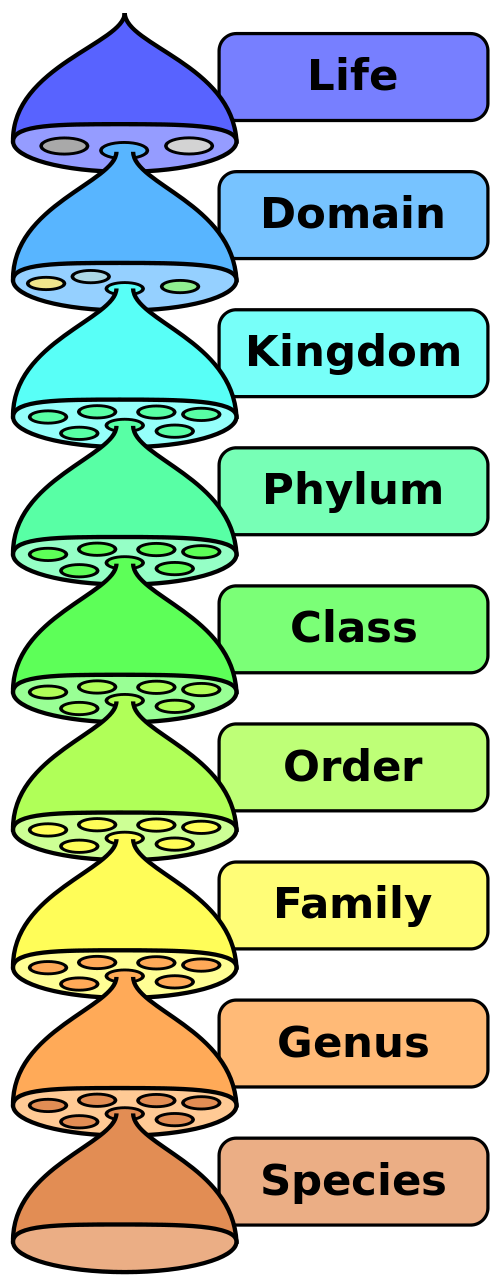Taxonomical Classification
Domain: Eukarya
Kingdom: Animalia
Phylum: Onychophora
Class: Not assigned
Order: Not assigned
Family: Peripatopsidae
Genus: Euperipatoides
Species: Euperipatoides rowelli
Domain: Eukarya
All organisms of this domain are characterized by possessing a true nucleus with DNA bound together to form chromosomes. Inside the cells there are membrane-bound organelles. All organisms except for Bacteria and Archaea are Eukaryotes (Biology-online 2009).
Kingdom: Animalia
All animals are multicellular organisms. These organisms are made up of eukaryotic cells and lack structural cell walls. All animals are heterotrophic, which means they cannot self feed (Biology-online 2008).
Phylum: Onychophora
All members of this phylum are enigmatic, wormlike, and terrestrial invertebrates characterized by extensible walking legs and no external segmentation (Campbell 2008). They also contain a thin flexible outer cuticle. This phylum is distinct, though resembles characteristics of similar phylum including Arthropoda, which include species such as the Deathwatch beetle (Xestobium rufovillosum) and Annelida, which include species such as the Tiger Flatworm (Maritigrella crozieri). This phylum was thought to be the missing link between arthropods and annelids (Erickson et al. 2003, Erickson et al. 2010) but are the sister group to Arthropoda. These phyla consist of their own individual characteristics and synapomorphies creating a separate and distinct phylum for each.
Figure 1. Phylogenetic tree showing the synapomorphies between each phylum.
Photography credit: Lauren Stoiber.
Class: Not assigned
Order: Not assigned
Family: Peripatopsidae
All members of this family inhabit tropical and temperate regions across the Southern continents. The ideal habitat for the Peripatopsidae is near tropical regions such as North and South America, South East Asia, West and South Africa, Chile and Australia (Tasmania 2012). The Euperipatoides rowelli most commonly resides in Australia. They are in this family because they are ovoviviparous.
Genus: Euperipatoides
This genus includes Euperipatoides kanangrensis, Euperipatoides leuckarti and Euperipatoides rowelli. Characteristic of this genus include a pair of antennae, fourteen to sixteen pairs of legs and are approximately 15mm long.
Species: Euperipatoides rowelli
Euperipatoides rowelli has characteristics that include blue pigmentation, fifteen pairs of legs, curved claws, pair of antennae and glands containing glue like adhesive use for predation (Campbell 2012).
Species Name: Euperipatoides rowelli
Scientific Explanation of Euperipatoides rowelli:
This species is part of the Onychophora phylum, meaning “claw bearers” which comes from the tiny claw adaptations on their feet. Euperipatoides rowelli, when broken down, means:
Euper- wisely educated
peripatoides (or peripatus)- wandering
rowelli- comes from Dr. Dave Rowell, world expert on onychophoran biology (Tasmania 2012).
Common name: Velvet Worm
For additional information on how an organism is classified at each taxonomic level click here: Taxonomical Classification
To continue your research check out the Habitat page.
Figure 2. Phylogenetic tree representing the relationship between each phyla.
Photography Credit: Lauren Stoiber
For further information on references used, follow the link provided.
